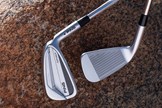Have Ping made a mistake with their new i240 irons?
Last updated:
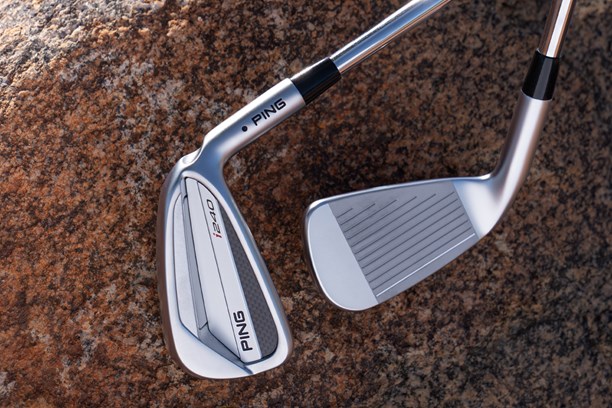
-
At a glance
- TG Rating
- Owner Rating
-
Pros
- Significantly improved consistency in feel across the face
- Elegant design change
- Impressive turf interaction and launch in longer irons
-
Cons
- Design change falls flat
What we say...
I’ve been testing the Ping i240 for the last two months to see if they fill the very large shoes of the 2022 Ping i230 model. There’s a lot of good – and some bad.
The Ping i240 irons come three years after the incredibly popular Ping i230 irons, with big shoes to fill. The i230 was hugely popular among tour pros and consumers, receiving plaudits from Tyrrell Hatton and Viktor Hovland, and being one of our best players’ irons over the last few years.
Ping usually make small but significant changes through each evolution, but the Ping i240 sees a shift away from this approach, with some significant aesthetic updates to allow the everyday consumer to see what this iron offers in comparison to the rest of their line-up.
If you want to check out the full tech story behind the new PING i240 irons, head over to our Everything You Need to Know here.
Ping i240 irons
The whole package
Pros
- Significantly improved consistency in feel across the face
- Elegant design change
- Impressive turf interaction and launch in longer irons
Cons
- Design change falls flat
| RRP | $217 per iron (Steel), $232 per iron (Graphite) |
| Availability | 3-9, PW, UW (RH,LH) |
| Stock Shafts | NS Pro Modus3 Tour 115 (R, S, X) & PING Alta CB Blue (SR, R, S) |
| Stock Grip | Golf Pride 360 Tour Velvet |
| 7-iron loft | 33 |
- True Cavity-Back Design
- Pleasing Impact Experience
- Tour Inspired
Looks/Feel – 4/5
Coupling the looks and feel together for the Ping i240 irons feels somewhat unfair, as one has seen a massive improvement, whereas the other has fallen a bit flat. The Ping i230 and i210 irons offered a compact head with sleek, player-proven looks that appealed to amateur golfers and professional golfers alike. The Ping i240 irons are engineered to appeal to a wide range of skill levels, and this can be seen in the change in aesthetics.
They have been designed with a more prominent cavity back look, with multi-material construction to showcase the forgiveness on offer with the new model. Compared to previous models, the blueprint here has changed. The shelf appeal is different and less tour-proven. The concept is understandable: show the golfer who might be sceptical to try it that it would be a worthy weapon in their hands.
The problem Ping may face here is that by attracting the mid-handicapper, they may lose touch with the low-handicapper from design alone. Is this their aim? Possibly. The Ping Blueprint S is without a doubt a perfect match for a single-digit, low-handicap golfer, so Ping may be trying to target a different golfer with the i240.
The feel of the Ping i240 irons is a big step up from the previous version. The updated multi-material badge is a key innovation, weighing 8.5 grams less than its predecessor to improve performance. Crafted from a thin 304 stainless steel cap, lightweight composite, and injection-moulded thermoplastic, the badge works in tandem with an activated elastomer insert housed in a distinctive toaster-style pocket. The result is a smooth, soft feel, with an inoffensive noise off the face.
Ping irons have had a stigma against them for some time in the feel category, usually due to their construction. Although there may be some better feeling irons out there in the forged iron category, I found myself enjoying even the mishits with the Ping i240. The feedback was clear but not horrific, whilst the performance didn’t drop enough to hurt my scores.
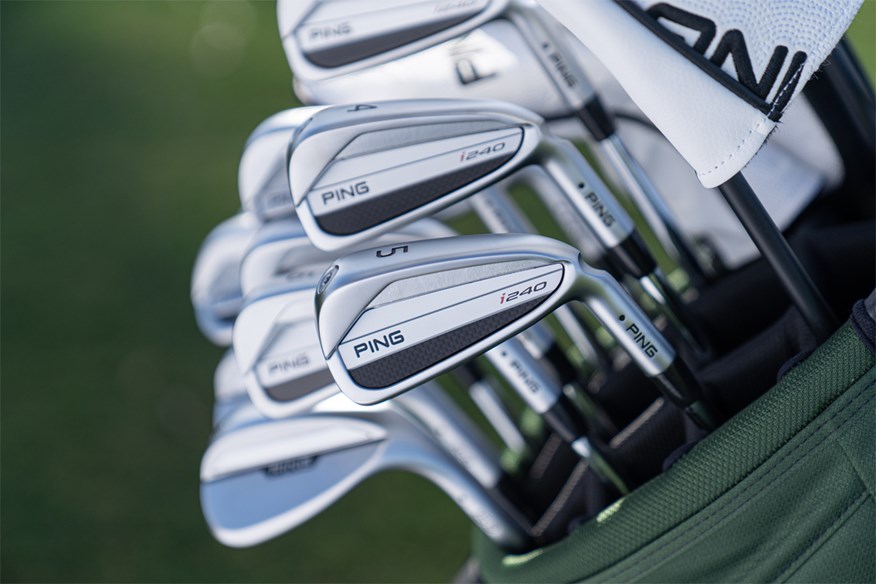
Technology – 4.5/5
I’ve mentioned a fair bit about the new technology already for the Ping i240, but it’s worth focusing on some other elements that are new for 2025.
Despite the design catering to a wider range of golfers, there have still been requests granted at tour-level to improve the performance of this iron.
The grooves are wider, with fewer on the face overall, to improve spin performance out of the rough and fairway. When addressing the ball with the Ping i240, it sits firmly in the players’ iron category, with the forgiveness still being prominent in comparison to other models. It’s certainly a tour-inspired look, and one could argue that the look down at address is more important than the shelf appeal in the bag.
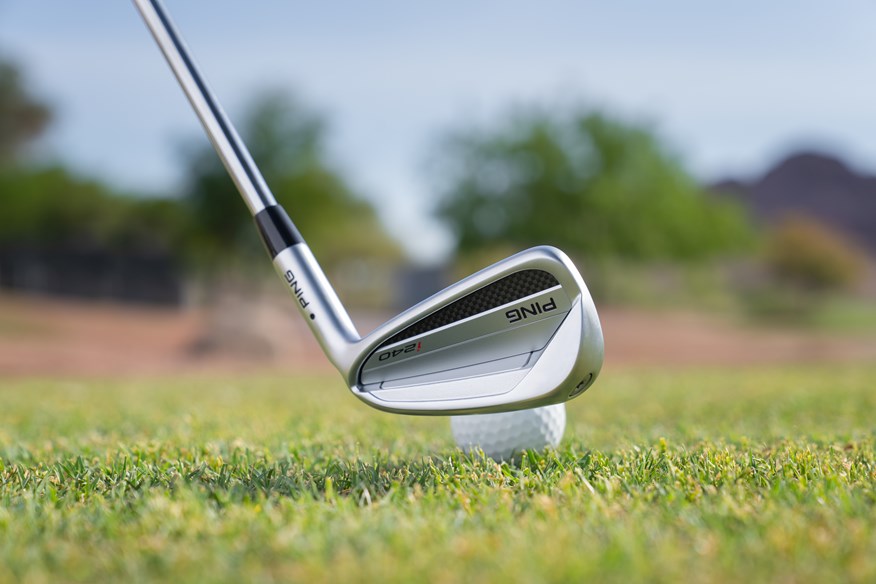
Performance – 5/5
Being a high-speed player, some irons are usually rendered obsolete for me due to their strong lofts, leading to a low descent angle and a variety of different ball flights. The strongest loft that Ping offers the i240 is 31.5 degrees for a 7-iron, which is by no means punchy. The standard 33-degree 7-iron coupled with the new visible technology allows a high-launching, high descent angle for the faster player, and I had no trouble having even the longest of irons stopping on the green relatively easily.
Of course, Ping’s custom fitting process is second to none. I tested these with the correct lie angle, length, and grip, allowing me to fully immerse myself in the performance of the Ping i240 irons. My most common takeaway from my testing on the course and at the range was a consistent premium feel coupled with scarily accurate dispersion.
I test all across the face (not by choice), so I get to experience what shots out of the toe, heel, and low on the face feel like, and the results they produce. I’ve found previous Ping irons in the i-family to lose their feel out of the toe, especially when towards the higher side. The premium feel became used to become dead and unpleasant. The i240 have allowed me to swing with a touch more confidence, as the high-toe miss-hit did not replicate Ping irons of old, and had quite positive results from a data level too.
The longer irons I took a particular liking to, mostly down to the high-launching nature of them in a variety of lies. I’ve found trouble with Ping irons from 3-5 launching slightly too low and dead from the rough. The Ping i240 long irons delivered a soft, high-launching flight, and were easy to manipulate if you needed to flight it down.
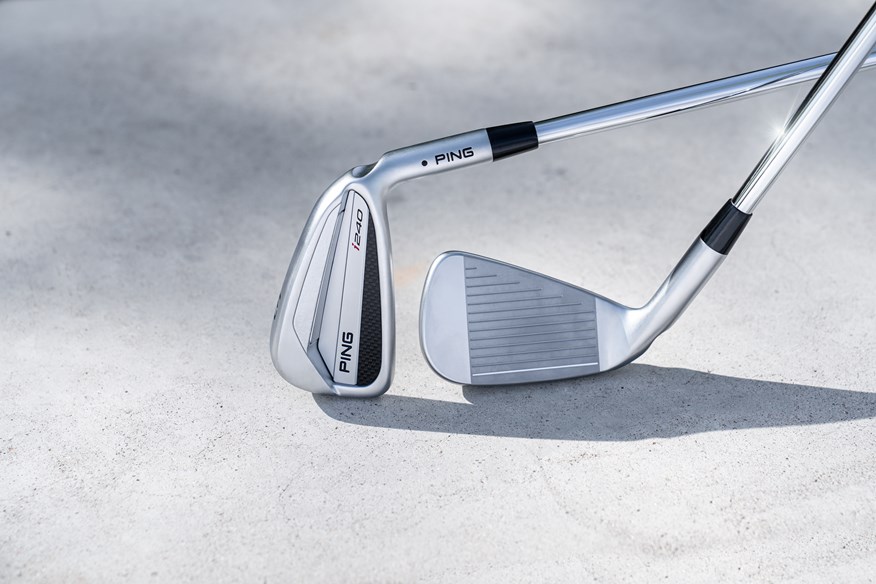
Overall – 4.5/5
My first impressions of the Ping i240 irons were quite disappointing, as I wanted Ping to build upon the legacy of the previous iterations and continue in the tour-proven direction.
I jumped the gun in my judgment. There is far more than meets the eye with the Ping i240, and it’s left me wondering if this is the best iron for the low-to-mid-handicapper. Sure, there are better feeling irons out there, such as the TaylorMade P7CB or Mizuno Pro S-3. But, for an all-around package, the Ping i240 will be hard to beat.
NEXT: Everything you need to know about the Ping i240 irons
Product Information
RRP:$217 per iron (steel)
Availability:3-9, PW, UW in 10 color codes (lie angle). Black color code is standard.
Stock shafts: NS Pro Modus3 Tour 115 (R, S, X) & Ping Alta CB Blue (SR, R, S)
Stock grips: Golf Pride 360 Tour Velvet in six sizes (Blue -1/16", Red -1/32", Aqua -1/64", White-Std, Gold +1/32", Orange +1/16")
7-iron loft: 33° (retro and power spec available)
Category: Players Iron
